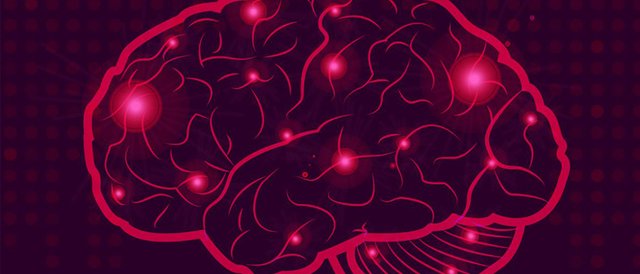
WHAT IS THE NEUROMARKETING?
Neuromarketing is a research of how people respond to advertising, brand-related messages, through scientific monitoring of brainwave activity, eye tracking, and skin reactions. The results of such marketing’s research may be unexpected, for example, warning signatures on cigarette packages stimulate activity in the brain area associated with smoking, despite the fact that the subjects considered warnings effective. Images of dominant brands stimulated a part of the brain that was activated by religious symbols.
Some anti-marketing activists (Gary Raskin, Commercial Alert) warn neuromarketing can be used to manage consumers, playing on people’s fears, it can unethically stimulate positive reactions. According to experts (BrightHouse, a consulting firm, Atlanta), neuromarketing is only trying to understand how and why customers develop relationships with products, brands and the company.
NEUROMARKETING = NEUROPHYSIOLOGY + MARKETING ISN’T IT?
The definition of “neuromarketing” is from the association “neurobiology” (more precisely, “neurophysiology”) and “marketing”. Neuromarketing allows you to understand consumer leanings, their reaction to marketing advertisements, a direct impact on the imagination, improving of the brand’s reputation, improving of the company’s reputation, studying the characteristics of the brain.
The methods that guide neural network marketing are just externally similar to the methods used in traditional marketing. We itemize them:
- “eye tracking” – tracking products, advertising messages, which are directed to the eyes of the consumer;
- use of effective packaging – factored in the most popular forms, materials, colors of packaging;
- advertising effectiveness – a comparative analysis of options before their release;
- website design;
- memorable headlines – using the example of the marketing slogan “Practice make Patron”.
PURPOSE AND APPLICATIONS
The use of neuromarketing is multitudinary:
- charity, its advertising;
- coconsciousness influences on the adoption of strategic (managerial) decisions;
- increase conversion, sales;
- increase competitiveness, stability;
- primary research of neurophysiological mechanisms and their influence on consumer behavior (simulation behavior modeling), etc.
The goal of neuromarketing is to correctly identify consumer preferences in order to influence his buying decision, without using subjective methods for obtaining, analyzing, advertising. Neuromarketing aims to understand how consumers make purchase decisions and their response to marketing incentives in order to apply this knowledge in the marketing field. To use them, it is necessary to operate with many competencies – decision-making, advertising, neural systems, neuropsychology, marketing, etc. Therefore, neuromarketing is still a far from fully investigated field, a problem in the research of neuroscience.
Some major companies, especially those that keen to predict consumer behavior, have invested in their own laboratories, research staff, or in partnerships with the scientific community. They research everything: the influence of the time of advertising, the shape of the logo, the frequency of advertising, the arrangement of goods on the shelf, etc., all aspects that affect consumer interest in the product.

According to game theory, the competitive process realizes the optimal solution. Collecting information about how the target market will react to the product is the first step for organizations promoting the product. Traditional marketing research includes focus groups, large-scale surveys used to evaluate the features of the proposed product. Some of the traditional approaches used in neuromarketing also apply to physiology, for example, the use of ECG, AED consumers. All are aimed at studying the real behavior of the target market at the time of purchase, communication conscious and unconscious in the decision-making process, the emotions of the consumer.
A deep understanding of human cognition, behavior leads to the integration of the biological, social sciences. The concept of neuromarketing combines marketing, psychology and neurophysiology. Researchers study how consumers respond and feel when they “meet with the product.” Observations can be correlated with the alleged emotions, social interactions of participants.
